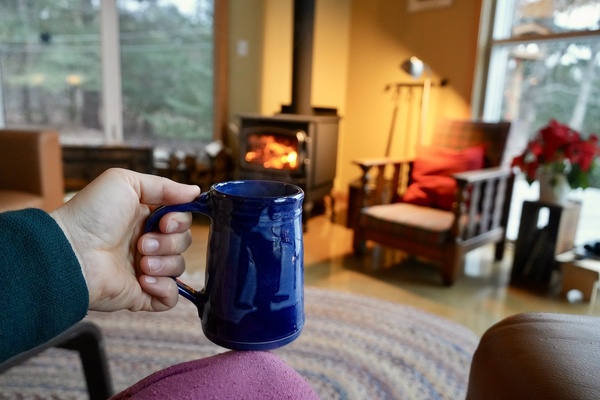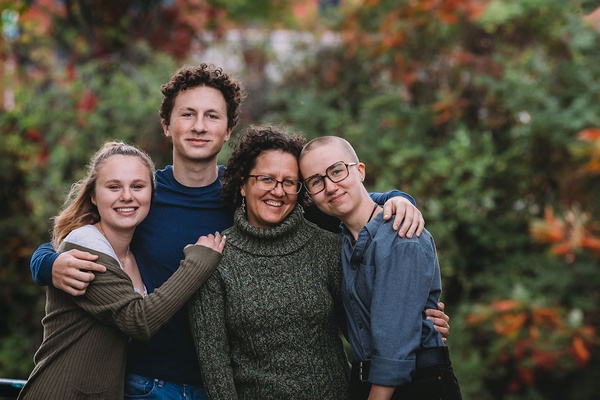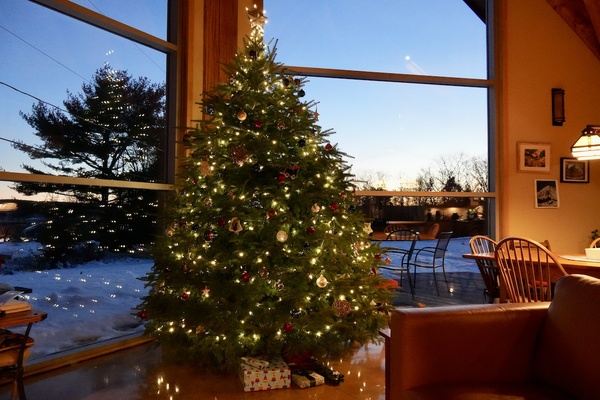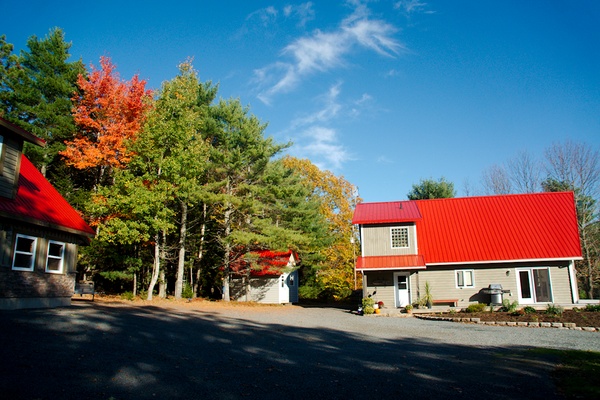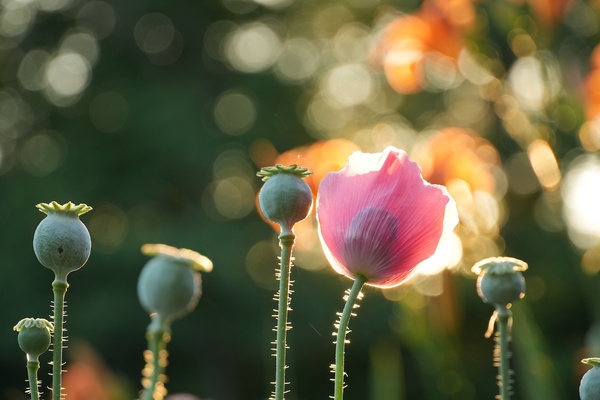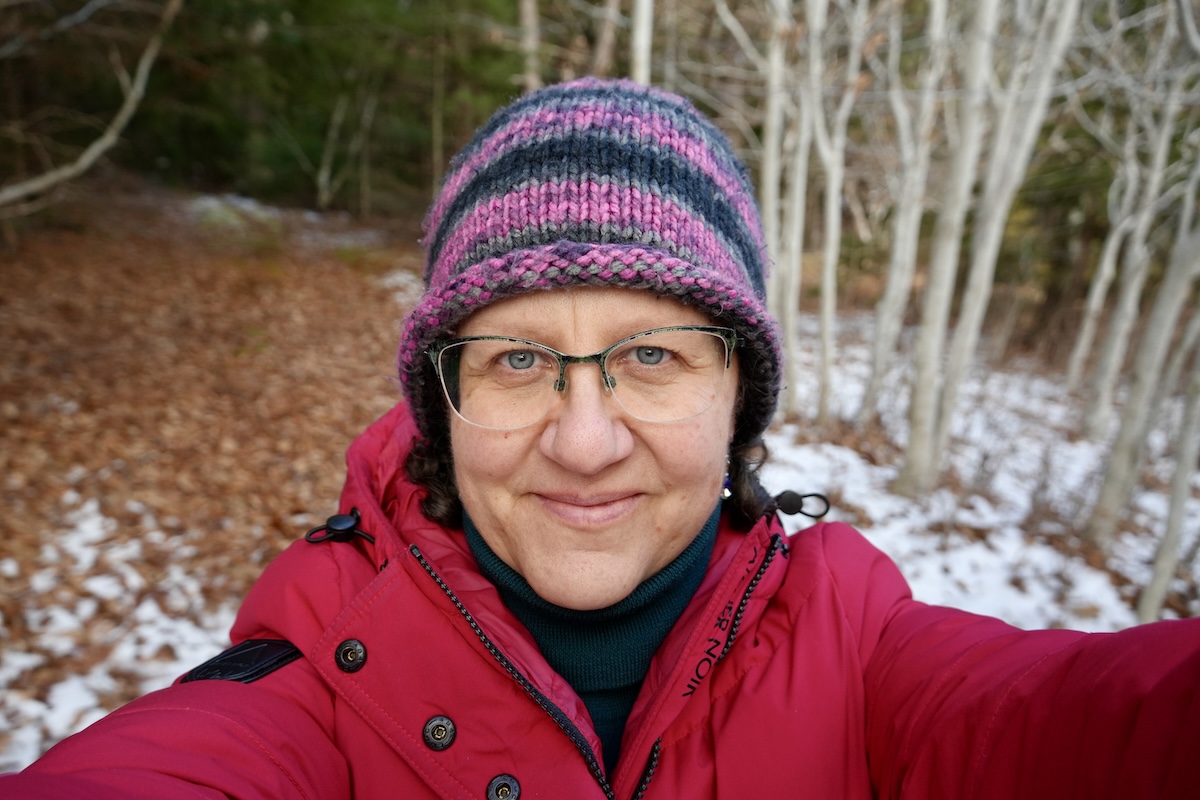Get posts by email
From field and forests, across oceans (week four)
April 15, 2020
I didn't grow up in Nova Scotia. I grew up in an Alberta prairie community where my great-grandparents and grandparents had arrived as immigrants from Europe and the UK in the early 20th century. They were farmers and farming is my family history, like it is for the children and grandchildren of many North American immigrants.
Central Alberta where I was raised is not forest land, it's farm land. Farm was what grounded our family, not forest.

In raising my own children, in a place and geography far away from my Alberta roots, forest became more central to our family story than farm.
My husband's experience of growing up near the forest and mountains of Alberta influenced our trajectory for sure. He carries more forest than field in his blood. But it was all our years of hiking and backpacking through the woods and mountains of the eastern United States and Canada that instilled in our family a sense of home in the forest. The forest is familiar. The forest is home.
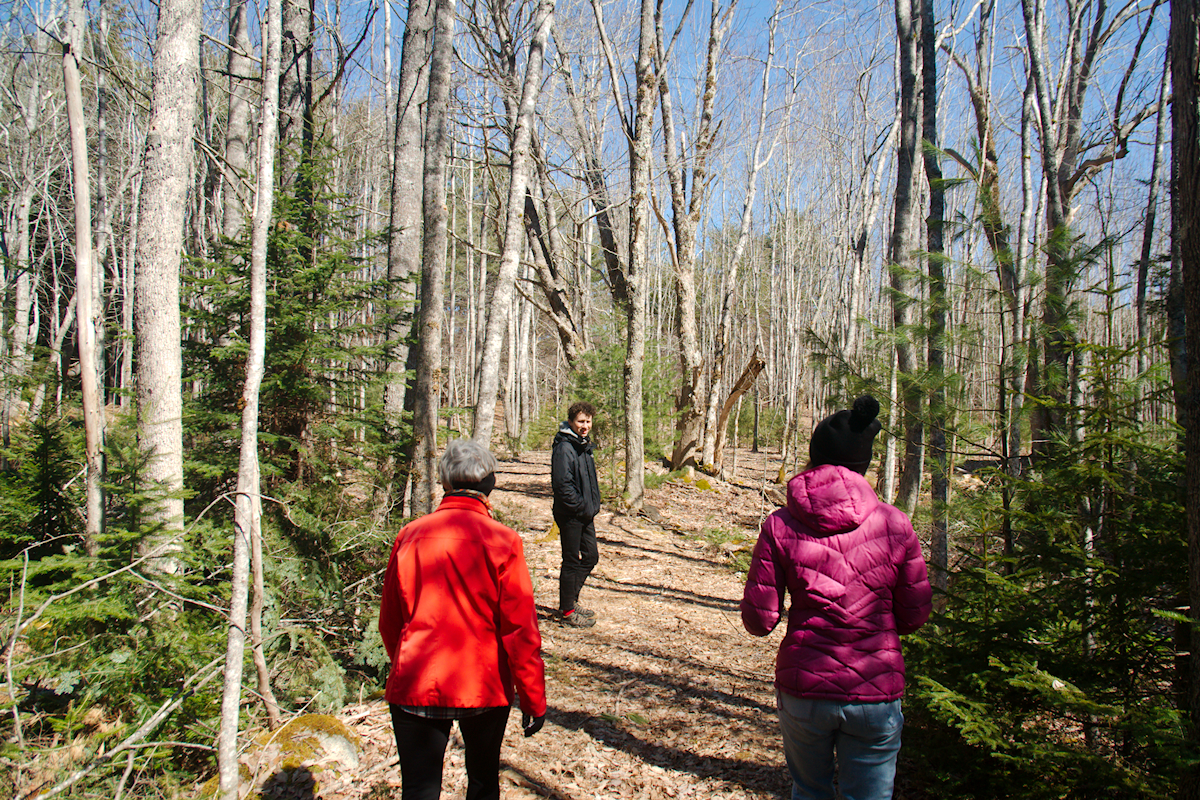
When my parents first arrived in Nova Scotia in their mid-fifties they lived in a different house. After getting their bearings in their new community, they bought a piece of land and my dad built their current home.
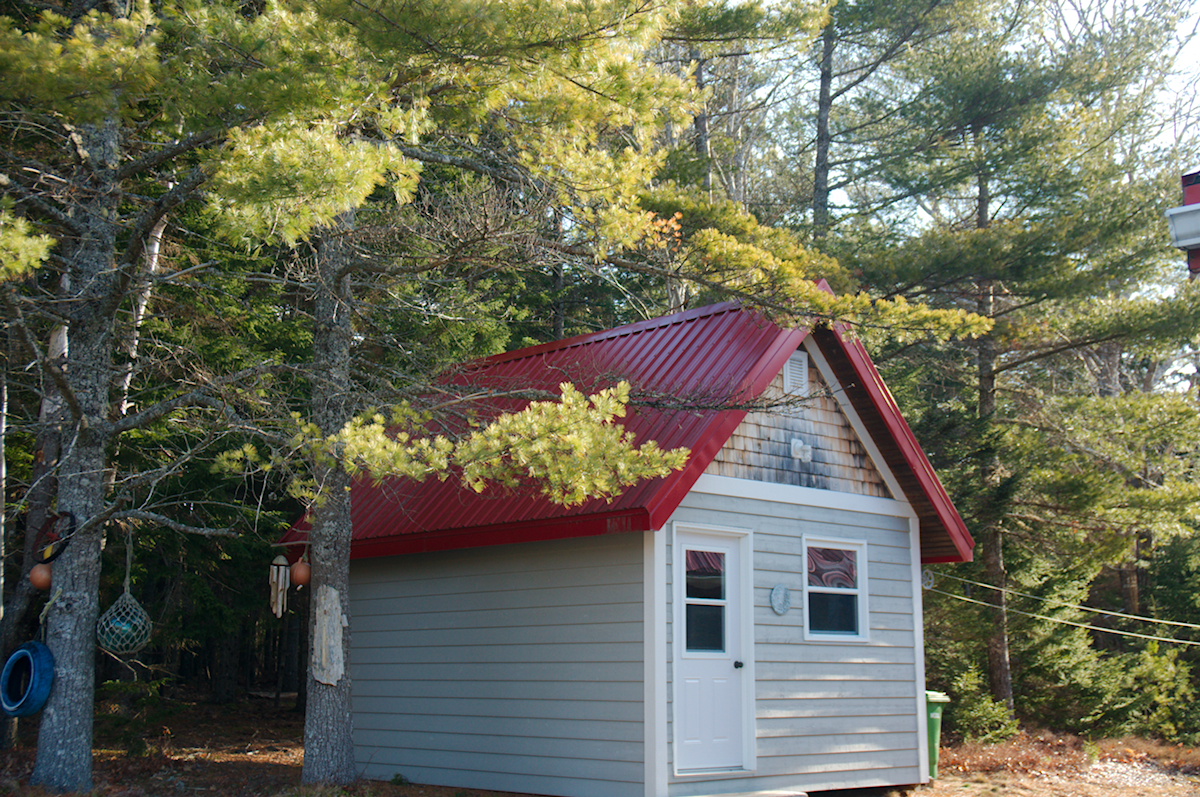
this shed was the first building on the property
Laurent, aged 10, helped build the roof
You might find it interesting to know that my parents had no connections to NS before moving here. Moving to Nova Scotia from the place of their birth, and the place where their families of origin were rooted, was a grand mid-life adventure. You can listen to my mom tell that story on my first Patreon Podcast episode. See this post for more information.
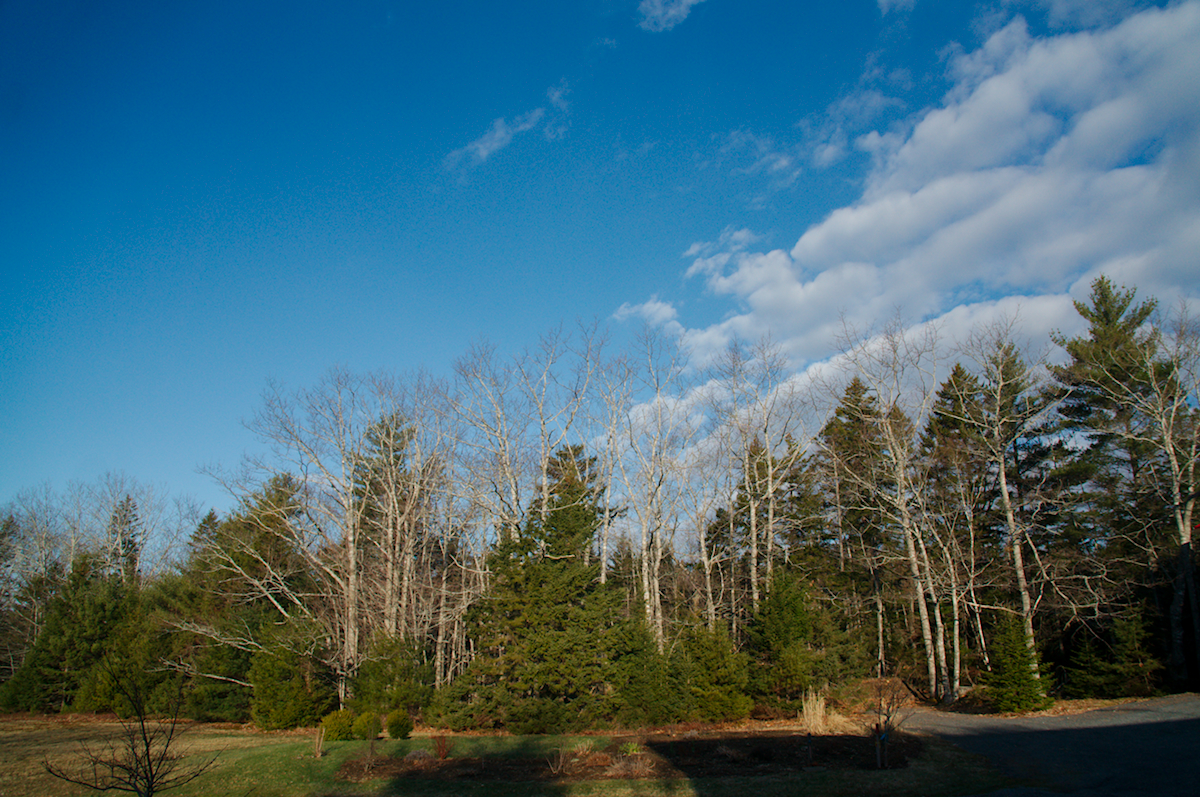
My parents have a few acres of land, most of it the field out in front, where the deer sometimes graze and more often the porcupines waddle through on their quest for tasty trees, of which there are many.
The house abuts a forest. Not a grand forest. Not a west coast forest.
A Nova Scotia forest. A small piece of the large patchwork quilt that is the Acadian Forest Region.
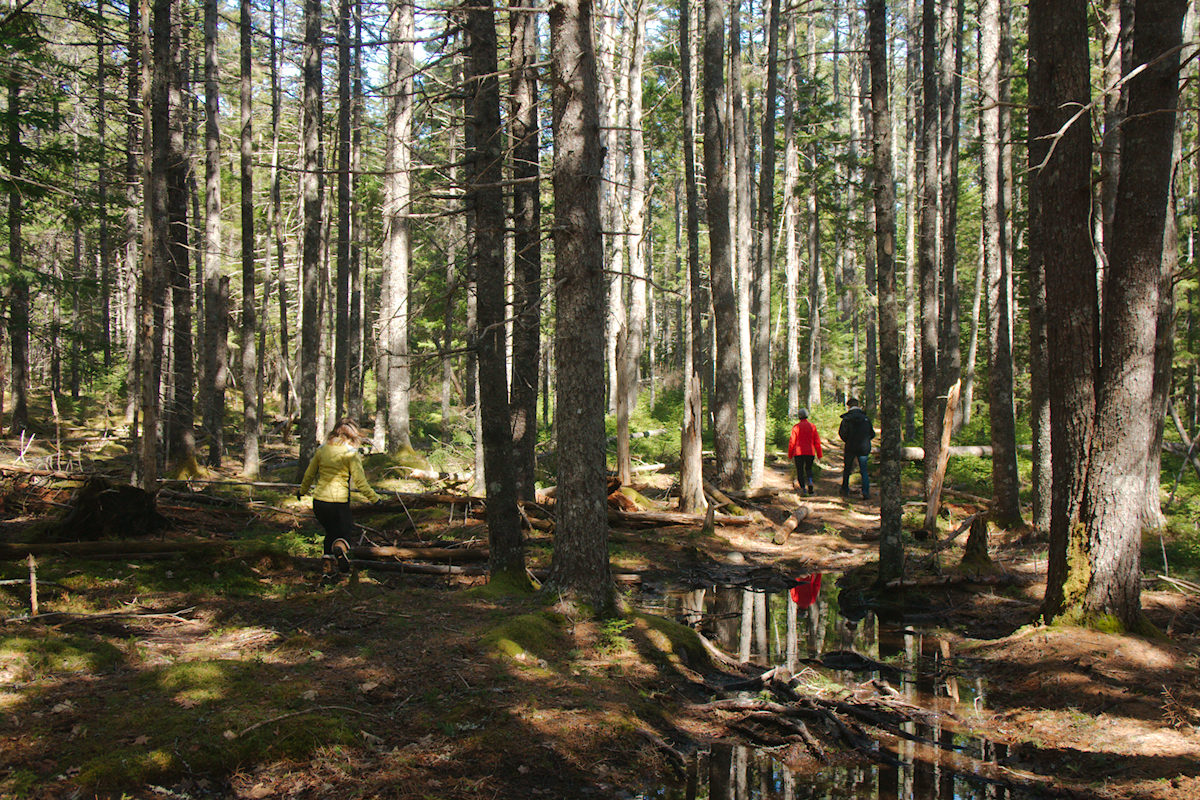
It's not hard to find forest in Nova Scotia. After supplying lumber for the colonial machine of the British Empire during the 17th, 18th and 19th centuries, nearly 75% of Nova Scotia is re-forested.
On the far eastern edge of the continent, with only Newfoundland further east, European colonization of the maritimes was earlier and more pervasive than other parts of Canada. As such, Nova Scotia lays claim to many firsts including the first sawmill in North America built in the Annapolis area in 1612.
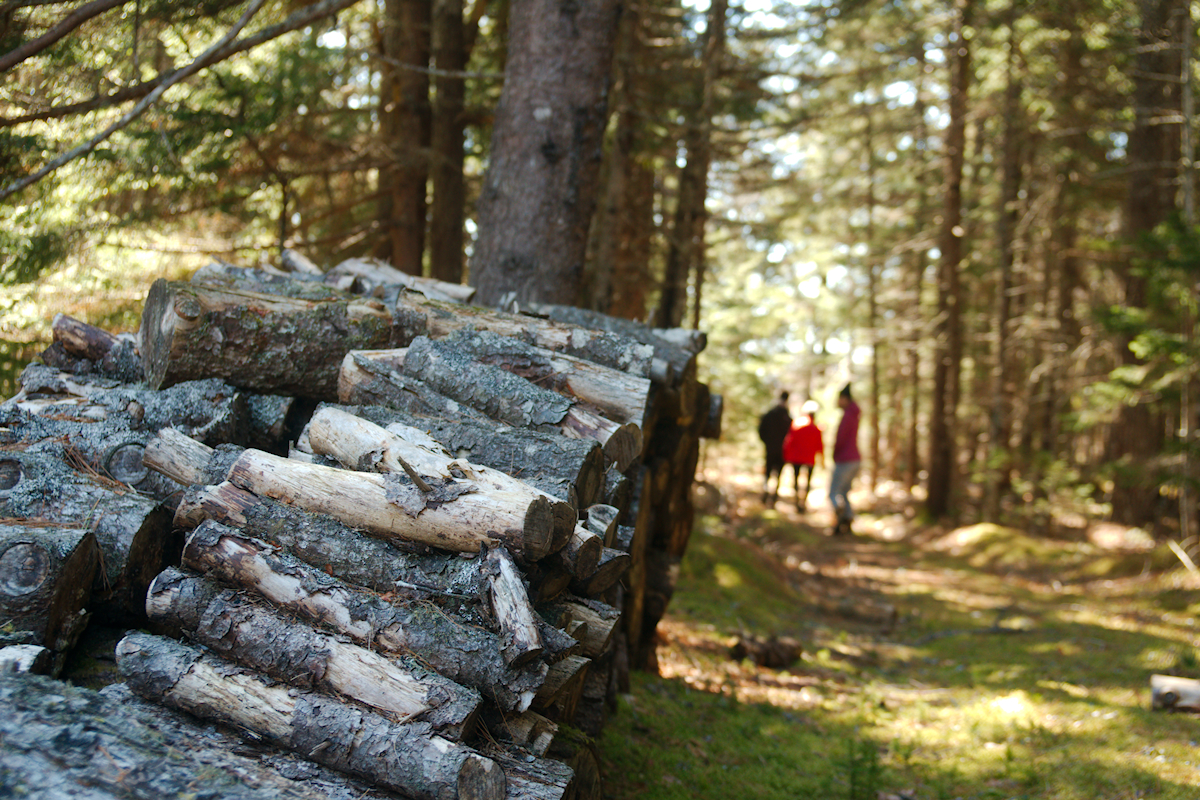
The secondary forest growth that covers Nova Scotia now is mostly coniferous species but there are enough hardwoods to color the fall landscape. If you are planning a visit to Nova Scotia, I heartily recommend late summer and autumn.
A slow growing season, the acidic soil, and weather influenced by the Atlantic ocean - all contribute to secondary forest growth that is composed of smaller trees and is overall less diverse than the original forests. This is the story of secondary forests. You can't restore in generations what took millennia to develop.
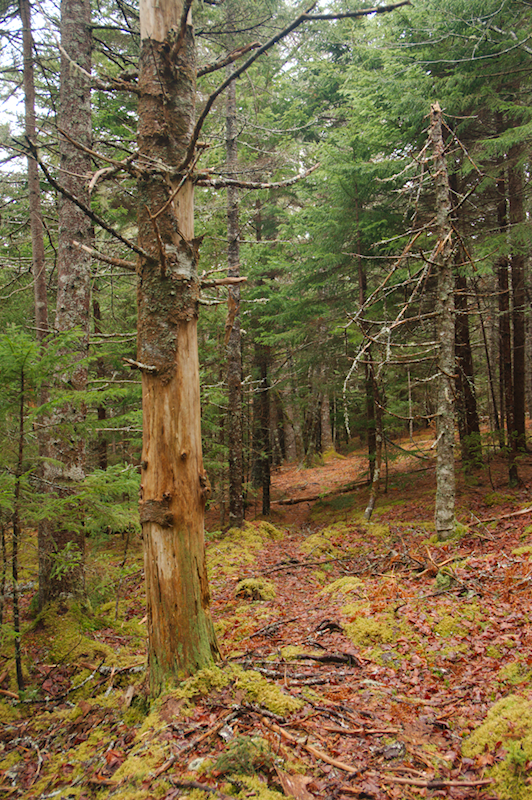
I feel at home in the trees in a way that defies my prairie upbringing. Maybe because before they were farmers, my ancestors carved small homesteads out of primeval European forest in ages past. And even more recently lived closer to the forest than the field. My mom reminded me last night at supper that her grandfather, my great-grandfather, had been a forest manager in Sweden before immigrating to Canada with his wife and children in 1928.

The Nova Scotia forest has been our escape, our Sanctuary, our reprieve, our playground during our confinement. To an extent we've never experienced on previous visits.
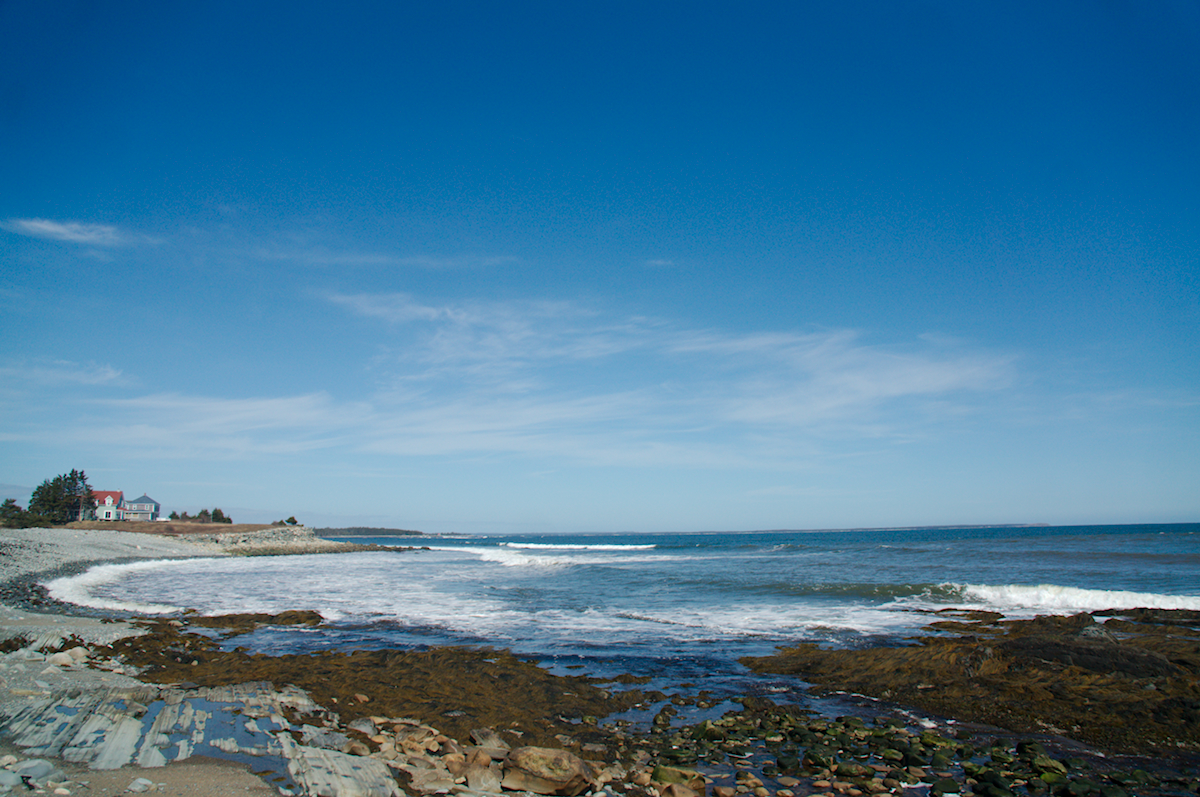
we stopped the car long enough to take this photo
but no lingering!
The government has closed the provincial and municipal beaches. This is the first time we've come to Nova Scotia in my parents' 12 year history of living here and not gone to the beach. Or not hiked Gaff point; a new tradition for us and a route we retrace each visit.
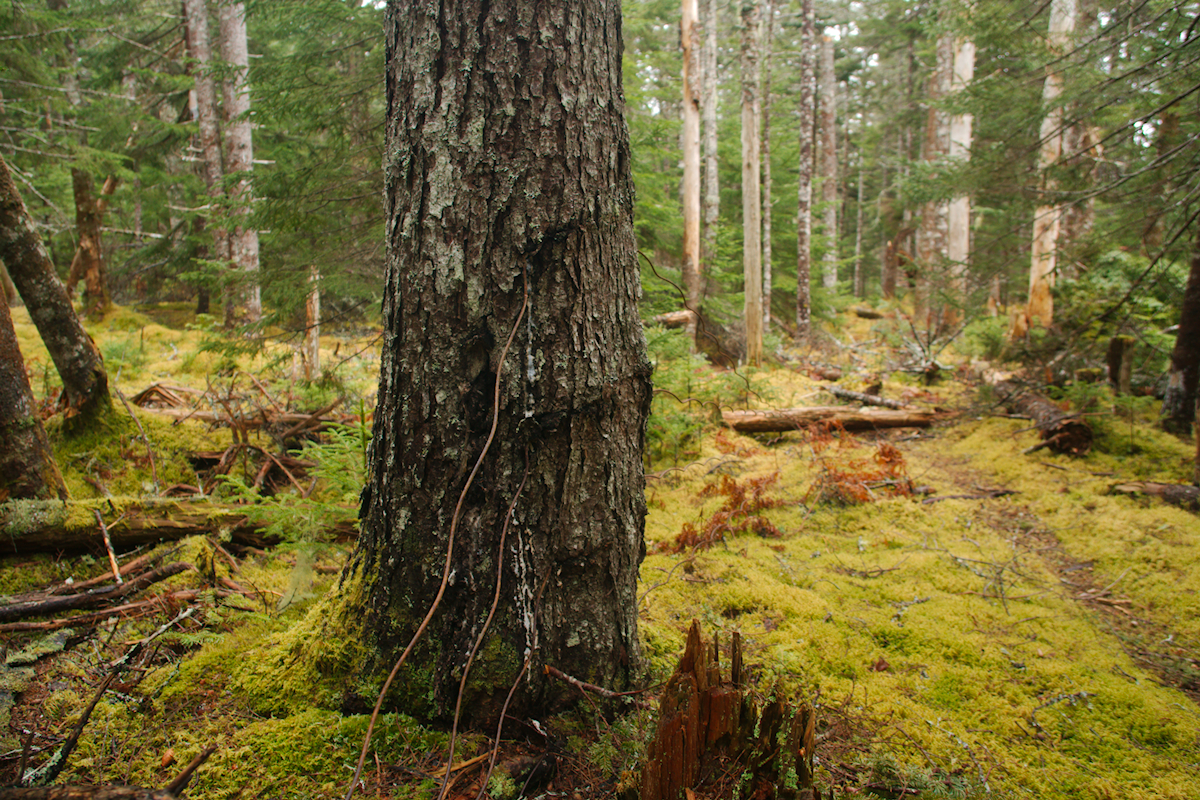
The public beaches are closed and so are many municipal parks and trails, but private forested lands are not. (This disparity of access deserves more commentary than I can give it.)
One of my primary mental preoccupations is pondering the human experience of identity and belonging. (I also love to ruminate about relationships, mothering, the natural world, how people learn, home and family culture, etc.. )
Having collected fifteen plus years worth of writing on this blog, launched a supporting interview-format podcast, and added more than my share of words to social media platforms, I can plainly see that working through who I am, where I'm from, what I believe, and where I belong is why I write.
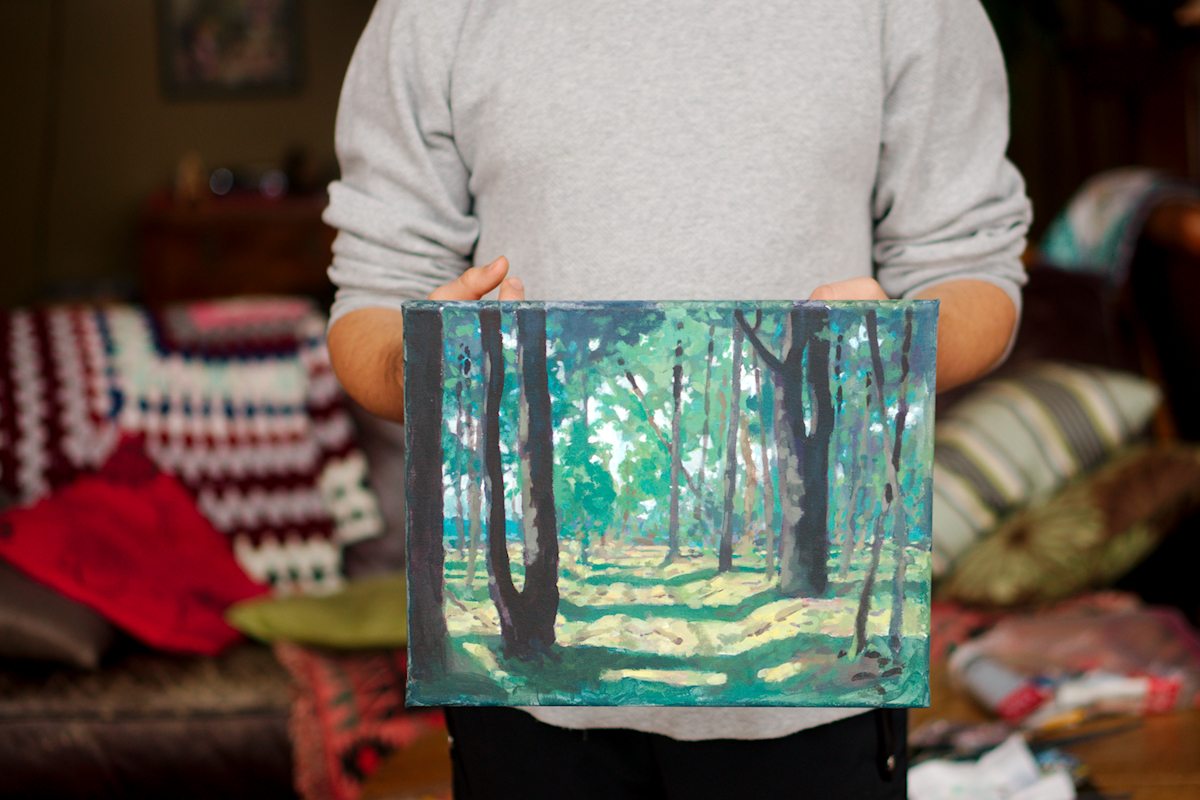
a piece Laurent painted for my parents in our first weeks here
inspired by the woods behind their house
The woods, trees, and forests are a piece of that larger story arc. I belong to and with my people but I also belong to and with the natural world. And parts of the natural world have an undeniable tug on my soul, mountains and woods being two of the strongest.
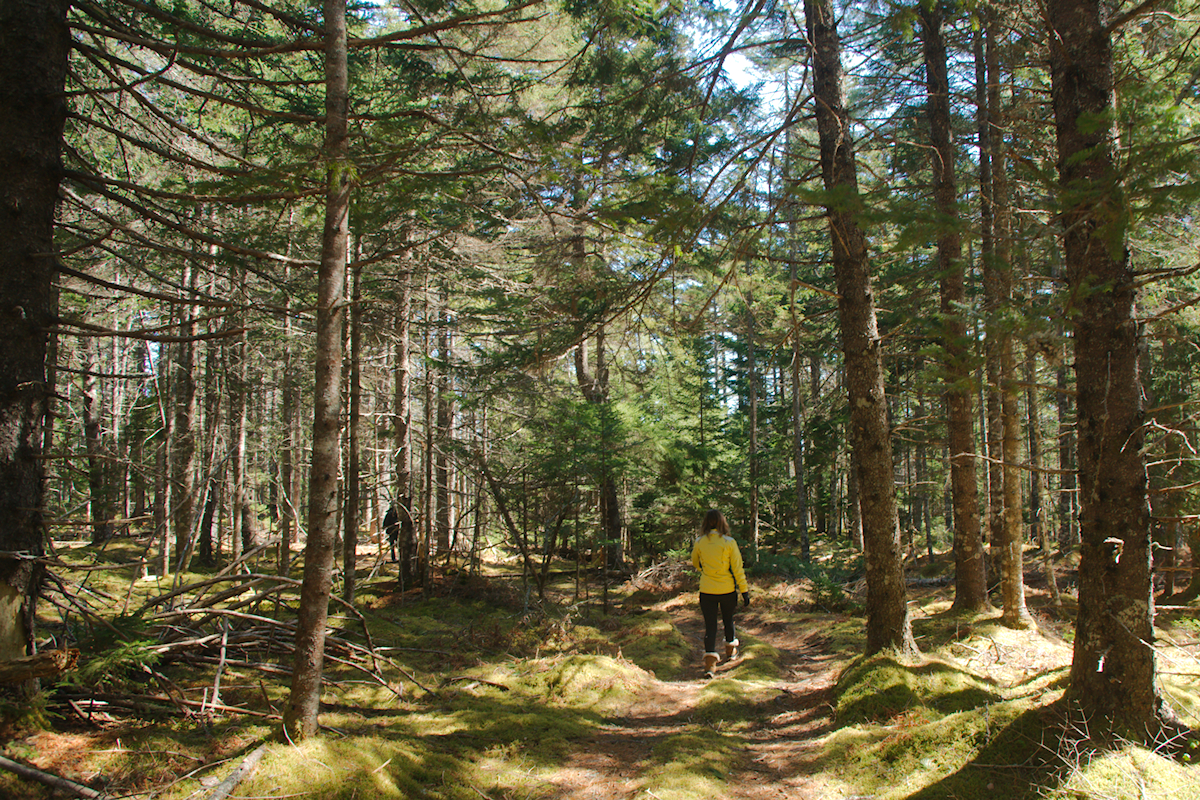
I am deeply grateful that my parents live by the woods. That they are sharing this space with us during the pandemic, even though it inconveniences their lives in certain ways. Their home was not built for a multi-generational family of seven (but their hearts are). (You can follow my IG stories and also see highlights Wk 1, Wk 2, Wk 3, Wk 4... to see what this looks like.)
How do we end up where we end up?
I am still surprised, and delighted, that my adult life has been influenced and even defined by the woods and natural areas of this eastern pocket (Maine, Nova Scotia, & southern QC) of the North American continent. A child of western mindset and upbringing (it's a thing) I could not have imagined my life here. A place that previous to our arrival 20 years ago was only a stopping point on the immigration route west for my ancestors.

These are the questions of being human. Where do I come from? And why am I here (in this particular place and time)?
Personally, I love playing with these questions. I like thinking about my past, present, and future in both the physical and spiritual sense.
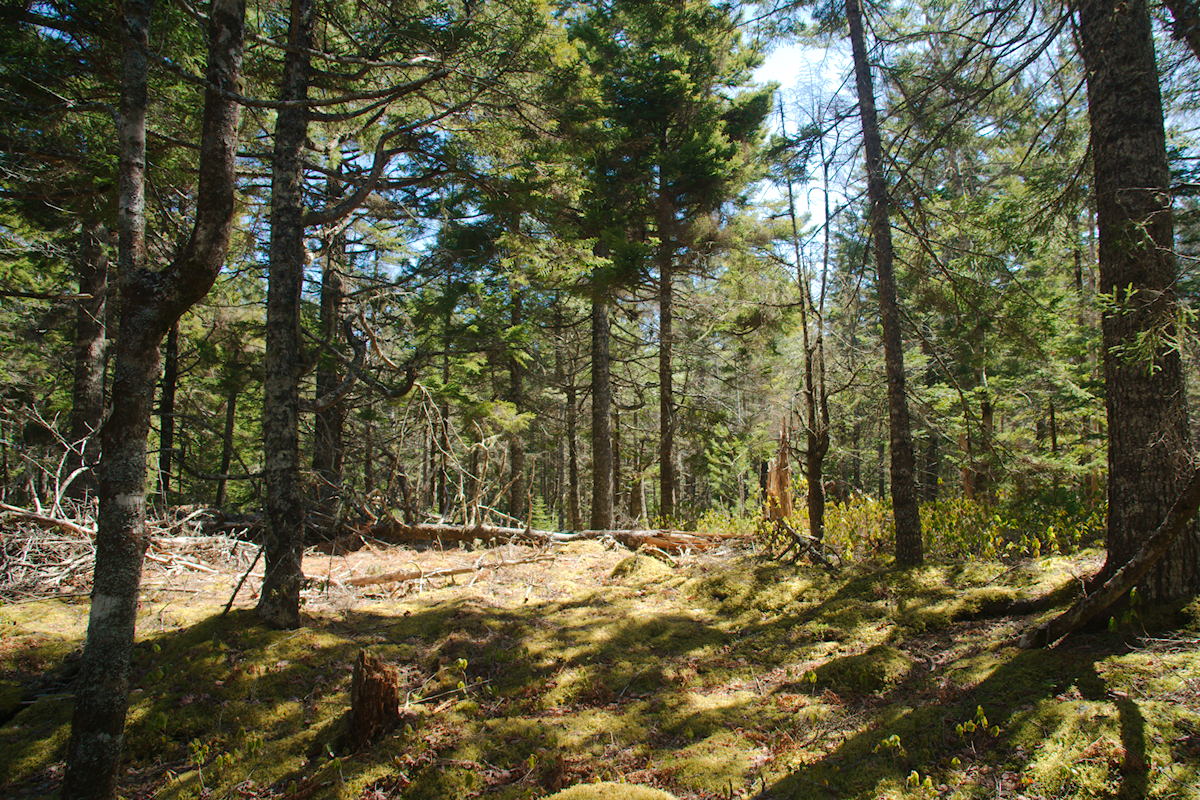
I also just like being in the woods. And not thinking at all.
Letting go of the questions and simply experiencing the beauty and tranquility of the forest. Of tree trunks creaking in the wind, the call of mating owls, and the screech of sentry squirrels. The forest floor blanketed in a deep carpet of moss and pine needles, branches draped with lichen. And the burble of little creeks that flow from the many bogs, joining bigger waterways through the woods, to reach the inevitable river that empties into the Atlantic ocean.
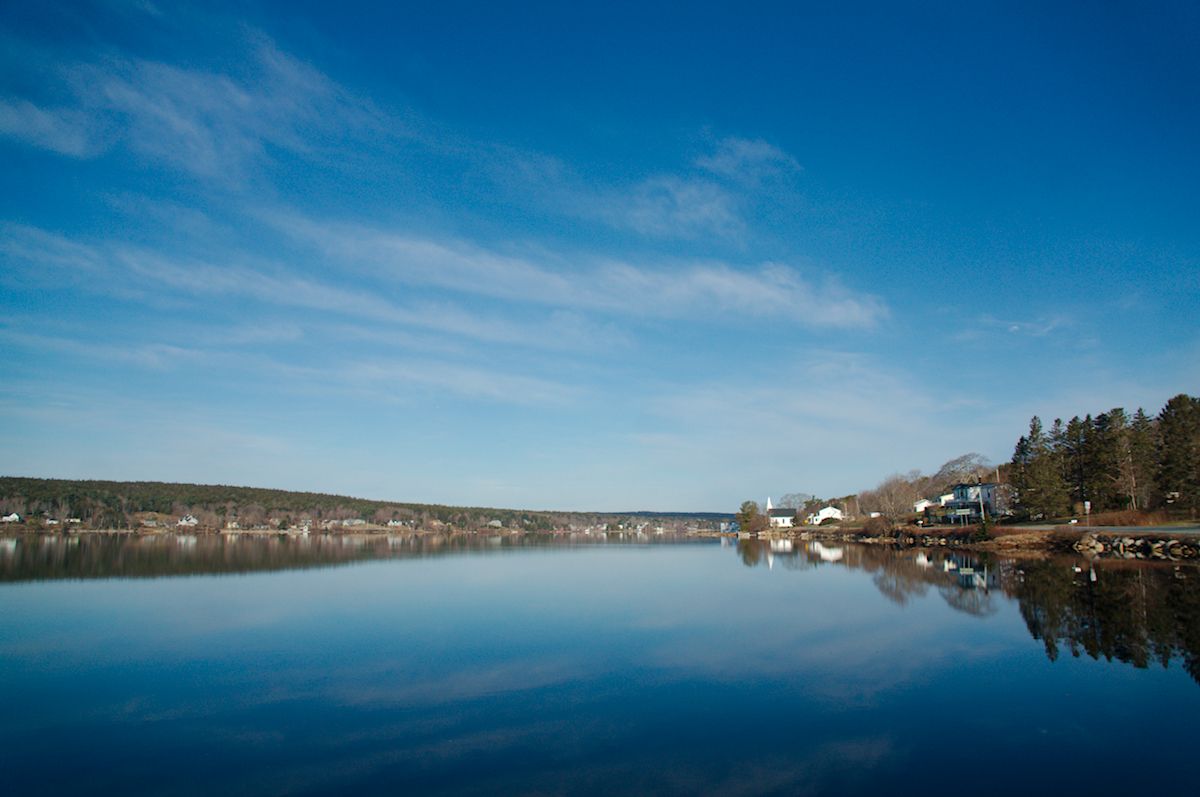
LaHave River
Notes & Resources
The illustrations in this post were created by Laurent for a high school personal history project where he had to tell the story of one of his ancestors coming to Canada. Thanks Miss Angie - the history teacher at our homeschool co-op - for giving such great assignments!

Laurent gave a presentation of my maternal grandfather Eric Forsberg who came to Canada as a 6 year old boy from Sweden. My mother's father became a farmer and that prairie farm was one of my childhood anchors, and is still an anchor for my maternal family.
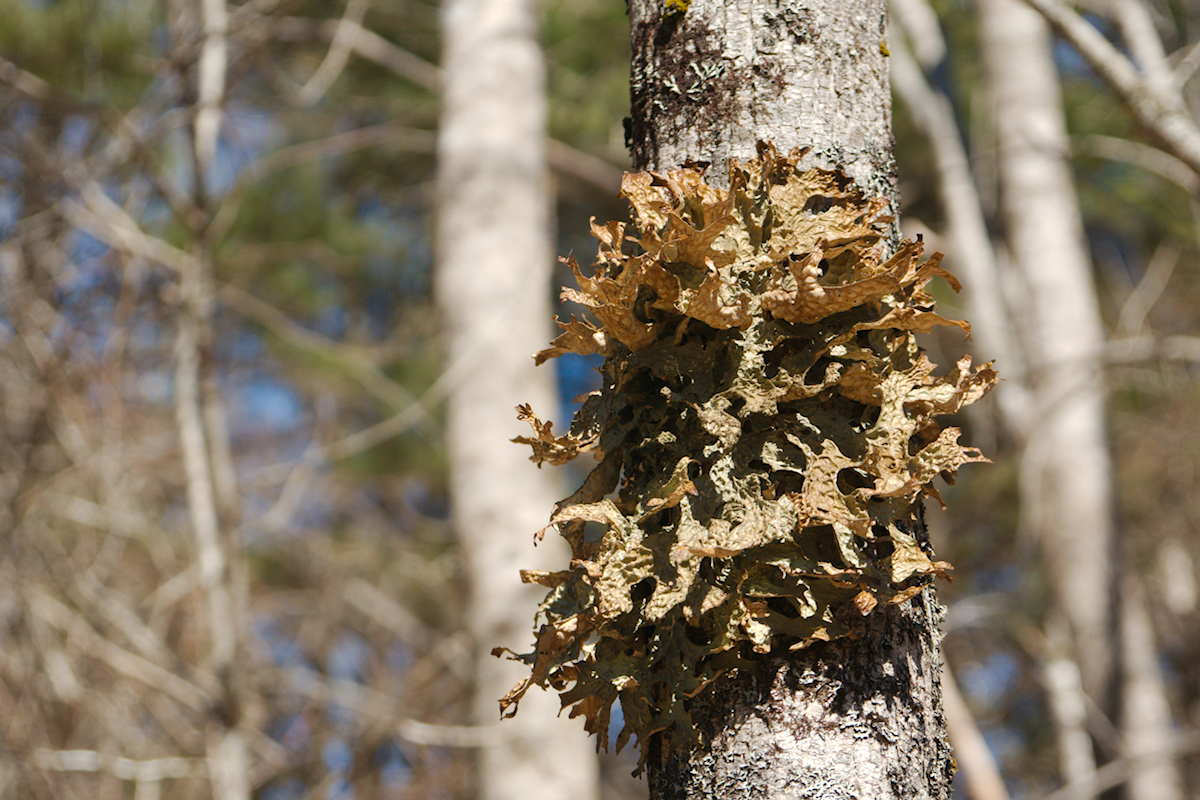
I love reading historical fiction about places I visit and places I've lived. I'm regularly on the lookout for books about Quebec or the eastern North American pocket I call home. Historical fiction is my favorite, but I also enjoy non-fiction (Sacré Blues was a great read), and some academic writing.
Three mentions from recent reading:
- Barkskins by Annie Proulx
What I loved about this book is where it started, Quebec, and where it traveled, Maine, and where it ended, Nova Scotia. I love books that are about where I live and the places I know.
At times the book feels unnecessarily long. I had to give it a rest for while and when I picked it back up again I kind of lost the story line. But overall I really liked it because it spoke about places personal to me. And I especially loved the beginning with all the Quebec history. A history not my own, but that of my children, who descend from New France settlers on their dad's side.
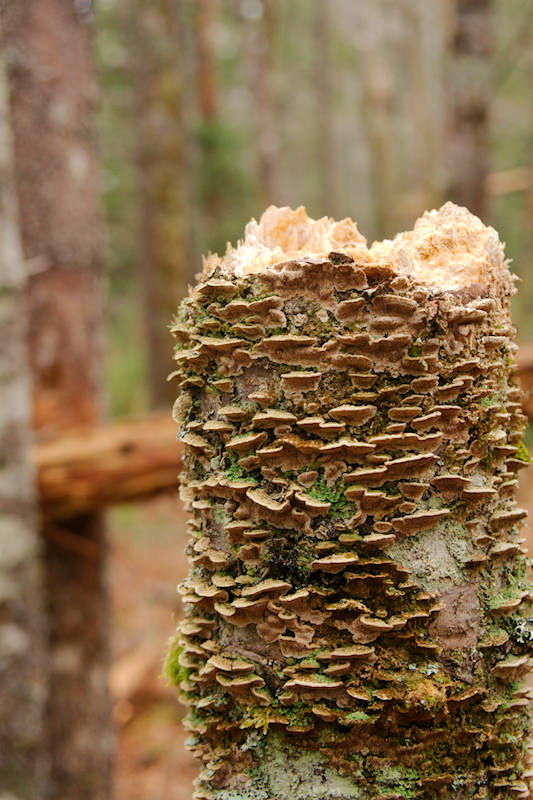
- The Nine Lives of Charlotte Taylor by Sally Armstrong
I found this book after listening to a CBC radio program interviewing the author, Sally Armstrong. Armstrong is a well regarded Canadian journalist and the 2019 Massey lecturer (I highly recommend the Massey Lectures). The Nine Lives of Charlotte Taylor is the fictionalized account, based on true events, of the life of Armstrong's great-great-great-grandmother. A European settler to New Brunswick.
My personal connection with this book is that New Brunswick lies smack dab in the middle of all my eastern homes. It's between Maine and Nova Scotia. Between Nova Scotia and the Gaspe peninsula. Between Montreal and Nova Scotia. We are always driving through New Brunswick and I wanted to learn more of the story of this province. It's a great book for both New Brunswick history, including Indigenous and settler populations, and women's history.
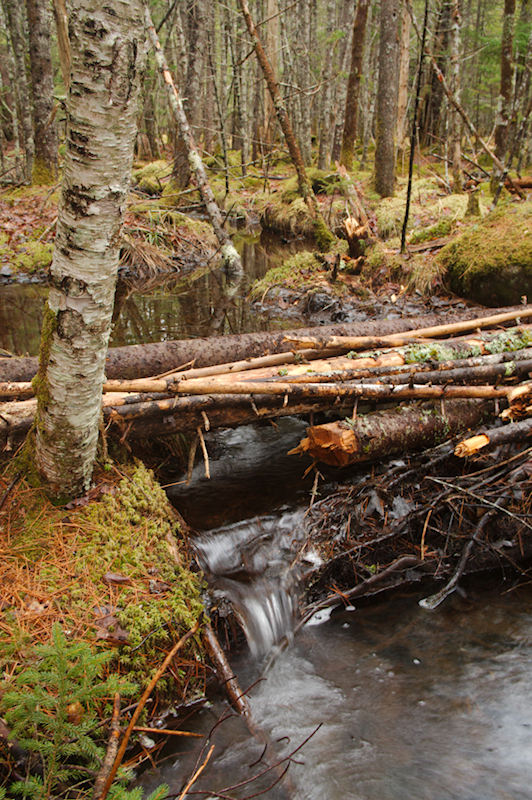
- The Acadian forest: Historical condition and human impacts by J. Loo and N. Ives
In the unlikely event you're interested in a research paper of the history of the Acadian forest, this paper's got you covered.
I personally found it fascinating from an historical interest. It's been helpful for my "confinement project" of identifying the trees in the woods behind my parent's house and in writing this post.
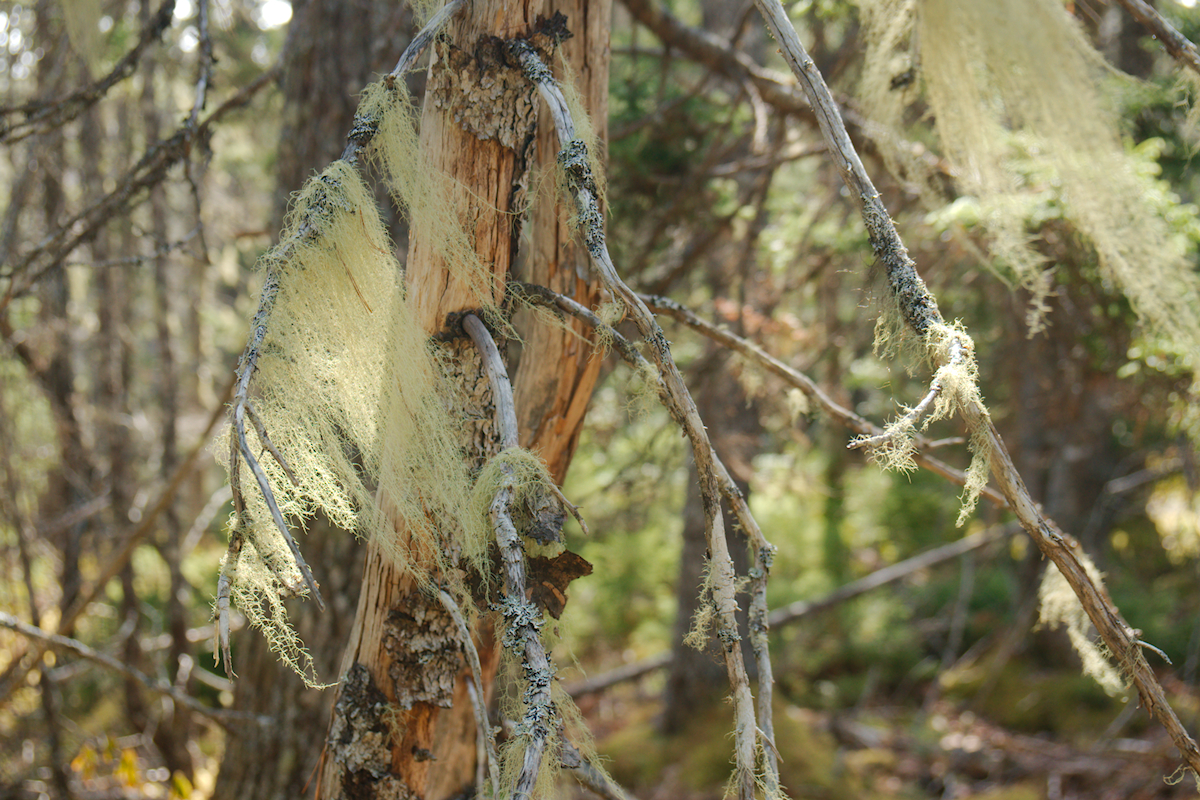
Filed Under
You can subscribe to comments on this article using this form.
If you have already commented on this article, you do not need to do this, as you were automatically subscribed.
